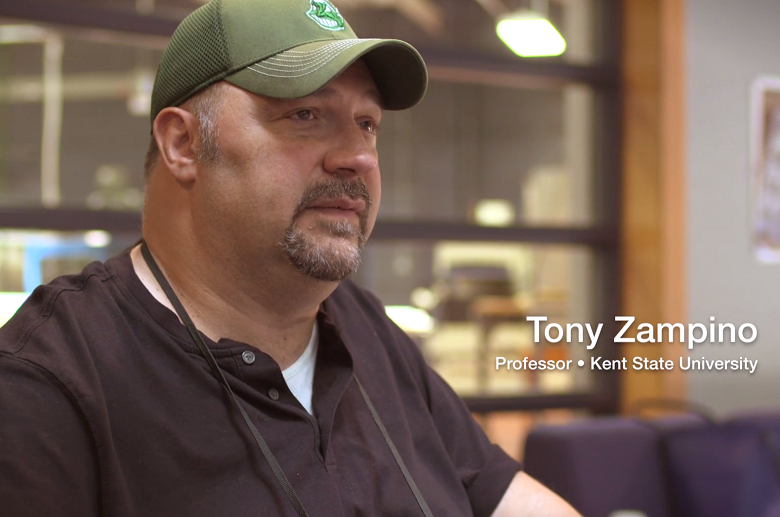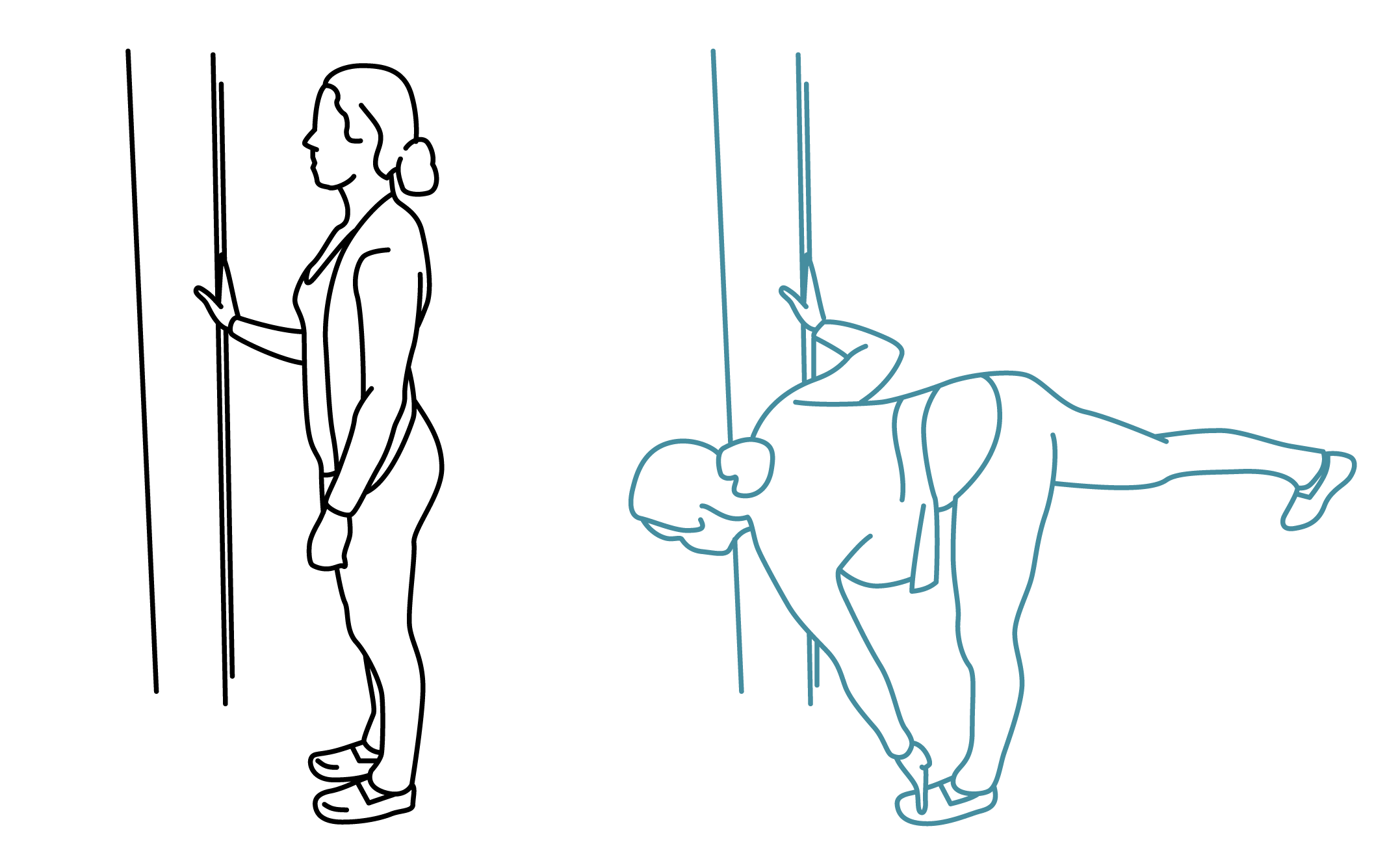It should come as no surprise that the spaces we occupy every day have a huge impact on our overall wellness. The Environmental Protection Agency and Vancouver Coastal Health report that Americans and Canadians spend about 90% of their time indoors. But what about the time we spend outdoors?
Your Welcoa membership has expired.
A Story of Hope & Victory
In our national initiative to provide training to employees on how to physically and mentally thrive, we have been exploring the mind-body connection. How does moving physically help move us in other areas of our lives? As Dr. Daniel Amen told us in a recent WELCOA Expert Interview (publishing later this month), “It is the three pounds of fat between your ears that in large part determines your physical health.” He went on to share with us the impact that taking care of our bodies by moving more and eating the right foods can have on our energy, emotional well-being and even career success. One thing was clear after the interview: mind and body are inseparable when it comes to thriving in all aspects of our lives, and we have to take good care of both.
We’ve dedicated On the Move Monthly’s October curriculum to creating a strong mind and a strong body. The initiative has already inspired us with this story from Kent State University’s Tony Zampino. I strongly urge you to hear his story of mental and physical strength by watching the video below.
“The initiative has already inspired us with this story from Kent State University’s Tony Zampino.”
Inspired to have a stronger mind and body this week? Try one of these Daily Strong Mind/Strong Body Moves from On the Move‘s Coach Sean Foy
Daily Strong Mind/Strong Body Moves
- Listen to Music: Did you know that listening to Mozart and Strauss for just 25 minutes has been shown to lower blood pressure and stress? Both of these issues are associated with brain atrophy, which means they make your brain smaller. Listening to ABBA has also been shown to lower stress hormones. Consider creating a “Brain Healthy” playlist to boost your mood and GROW your brain!
- Try One Simple Thing: We had a patient from Oxford, England named Nancy. Before she started doing our program at home, Nancy was obese, depressed, isolated, and had arthritis. She found success in our program by doing ONE SIMPLE THING at a time:
- Drink More Water: Nancy started by drinking more water. Did you know your brain is 80% water? Being properly hydrated increases your physical strength by 19%; but being dehydrated by just 2% can make you feel tired and unfocused. Over the next year, Nancy lost 70 pounds without counting calories. We met Nancy when she came to the U.S. to assess her brain. The scan was her 83rd birthday present to herself. Nancy’s scan looked like someone in their 40s! By using these simple strategies Nancy changed the trajectory of the rest of her life, and you can too.
- Take Brain Healthy Supplements: Then, she started taking brain-healthy supplements, which included a multivitamin, omega-3s, and extra vitamin D because her levels tested low. They made a big difference in her focus.
- Move more and Eat Healthier: As Nancy began to feel better, she started exercising. In head-to-head studies, exercise has been found to be as effective as anti-depressant medication. Nancy also changed her diet, eating good foods first so there wasn’t room for less healthy options, and she never felt deprived.
- Learn Something New: Learning new things was her next strategy. She started taking French classes and learned to play the guitar.
- Feed Your Brain: If you want to boost your brain and grow new neurons, high-quality nutrition is essential. Even though your brain is only 2% of your body’s weight, it uses 20%-30% of the calories you consume. Here are some of our favorite foods to strengthen your brain.
- Drink a cup of organic green tea at least once a day. It’s one of the healthiest drinks on the planet,[ii]and has been shown to boost energy, focus, and memory.
- Fill your plate with colorful, low-glycemic, high-fiber fruits and vegetables. Colorful foods are loaded with compounds that supercharge your brain.
- We’ve been taught that fat makes you fat, but it just isn’t true. 60% of the solid weight of your brain is fat. Fat is ESSENTIAL to brain health, especially foods high in omega-3s, like salmon, walnuts, avocados, and olive oil. According to a Mayo Clinic study, people who eat a healthy fat-based diet have 42% LESS risk of getting Alzheimer’s disease; while people who eat a high glycemic, low-fiber diet (think bread, pasta, potatoes, rice and sugar), have a 400% increased risk of Alzheimer’s disease. It is essential that you eat healthy protein to balance your blood sugar, and provide the building blocks for brain cells. These include organic eggs, fish, lamb, chicken, beef, and tofu.
- Think of your connection to food like a relationship. Find foods you love that love you back, and stay away from anything that abuses you. Just because you “love” it doesn’t mean it’s good for you. One woman told us she’d rather get Alzheimer’s disease than give up sugar. That’s an example of an abusive relationship. Over time she ended the toxic relationship, and helped her whole family get well.
- Start each day with “Intention, Gratitude and Appreciation:” It only takes a minute, but can make a radical difference in your day. As soon as your feet hit the floor in the morning say,“Today is going to be a great day.” Your brain makes happen what it sees. Think about one thing you’re grateful for, and think of one person you appreciate.
- Try the Move of the Month: Want a great way to strengthen and balance your brain? To boost your brain health, try the Eyes Closed Balanced Toe Touch! Performing brain and body movements with your eyes closed increases brain connectivity. You can perform these movements anywhere: at your desk, during a break, at home when brushing your teeth or cooking, anywhere for that matter. All you’ll need is a safe area to move freely and a watch or Smart Phone to monitor your time. When you do this exercise it sets a positive tone for the rest of your day. Physical exercise also helps your brain. It’s the quickest way to increase all of your feel-good neurotransmitters, especially serotonin. Our friend, Dr. Cyrus Raji published a study showing a correlation between how much a person exercises and the amount of gray matter in their brain. More gray matter means more brain cells and processing units that help you think faster and feel better. He also reported that people who exercise cut their Alzheimer’s risk in HALF! No prescription drug has ever been shown to grow your brain like exercise.
Move of the Month: Eyes Closed Balanced Toe Touch
- Stand beside your desk, with feet shoulder-width apart. Place your right hand on a desk or wall for support.
- Take a deep breath, inhaling through the nose and exhaling through the mouth.
- Bend from the waist, reaching down with the left arm to touch the left knee. Hold this position, with eyes closed for a count of two.
- Next, stand upright and repeat the motion, but try to reach the left hand to mid shin. Hold for a two count.
- Lastly, stand upright and repeat the motion, but this time try to reach down with the left hand touching the left foot/toe.
- Now, repeat the entire cycle while lifting the right leg off the ground (behind you) with each touch-knee, mid-shin and finally left foot/toe.
- Finally repeat the entire cycle with eyes closed, touching knee, mid-shin and toe (all while balancing on the right leg). Try to keep your eyes closed throughout the motion.
- Alternate and repeat the motion on left leg and repeat up from 1-3 minutes.






